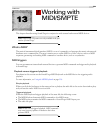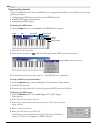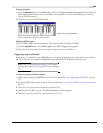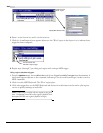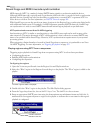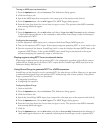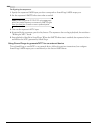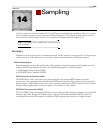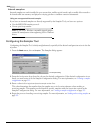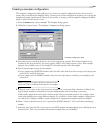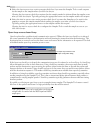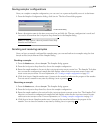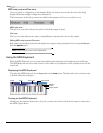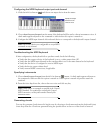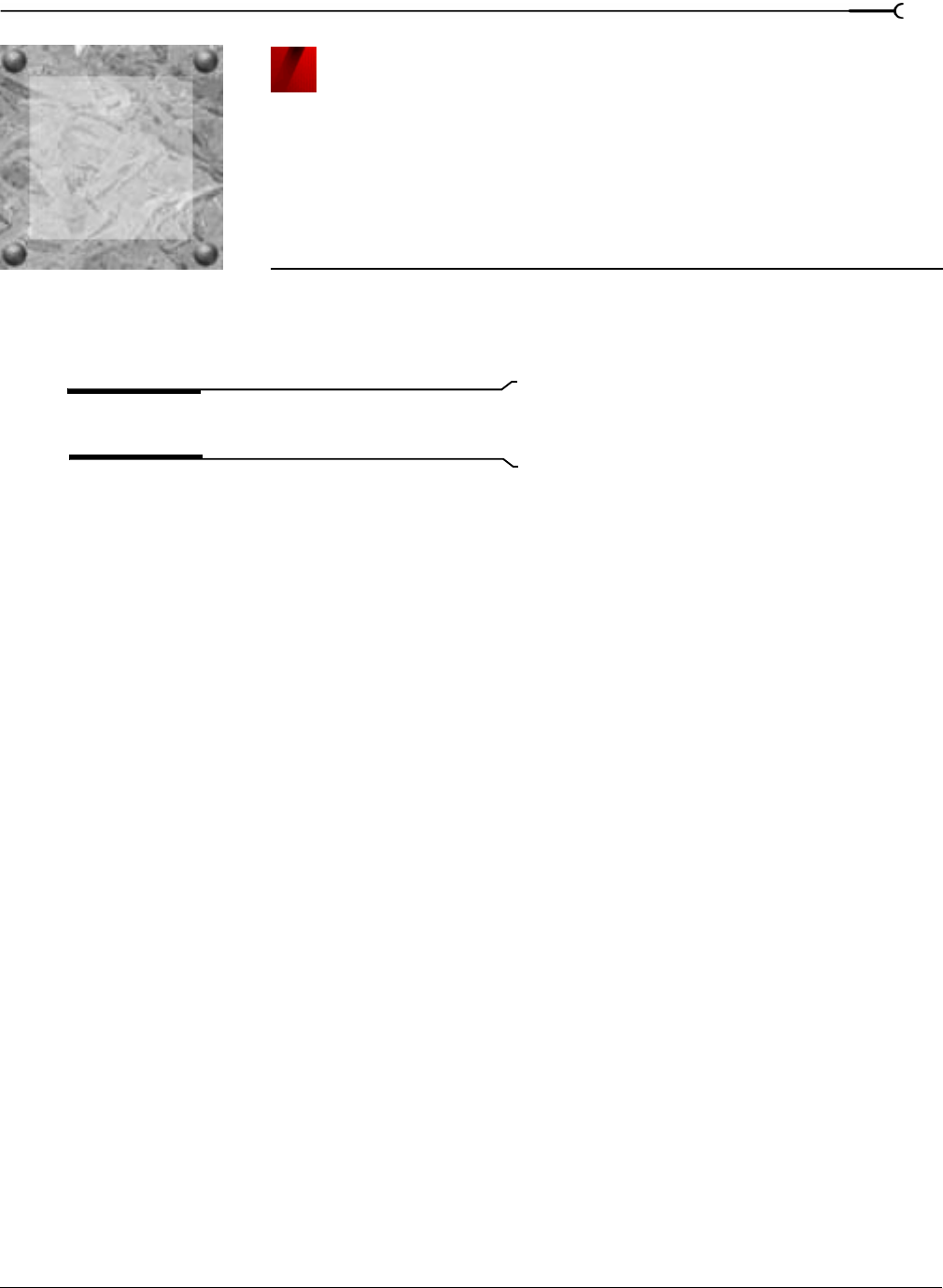
14
CHP. 14 SAMPLING
CHAPTER
209
Sampling
Used in conjunction with the Sampler Tool, Sound Forge’s powerful editing capabilities allow you to create,
edit, and transfer samples between external and internal samplers. This chapter describes the procedures
used to transfer (dump) samples between the computer and sampler with the Sampler Tool.
Note:
The Sampler Tool is available only in the full version
of Sound Forge.
Samplers
Samplers are devices that produce on-demand playback of audio samples at varying pitches. For the purposes
of this manual, we will concentrate on two basic varieties: external samplers and internal samplers.
External samplers
External samplers are typically capable of recording samples or transferring prerecorded samples into their
memory. Sound Forge supports two methods of transferring samples to external samplers:
• MIDI Sample Dump Standard (SDS)
• SCSI MIDI Device Interface (SMDI)
MIDI Sample Dump Standard (SDS)
The MIDI SDS is used to send and receive digital samples using normal MIDI hardware and cable
connections. Due to the limited bandwidth of the MIDI protocol and the large amount of data required by
digital samples, a MIDI SDS transfer can be time consuming. Furthermore, SDS is limited to mono samples,
though certain samplers allow two mono samples to be joined as a stereo sample.
SCSI MIDI Device Interface (SMDI)
The SCSI MIDI Device Interface (SMDI) allows music hardware and software to communicate using SCSI
hardware and cables. Because SCSI hardware has a greater bandwidth than MIDI, SMDI transfers are
considerably faster than SDS transfers. In addition, SMDI supports mono and stereo sample transfers.
14



